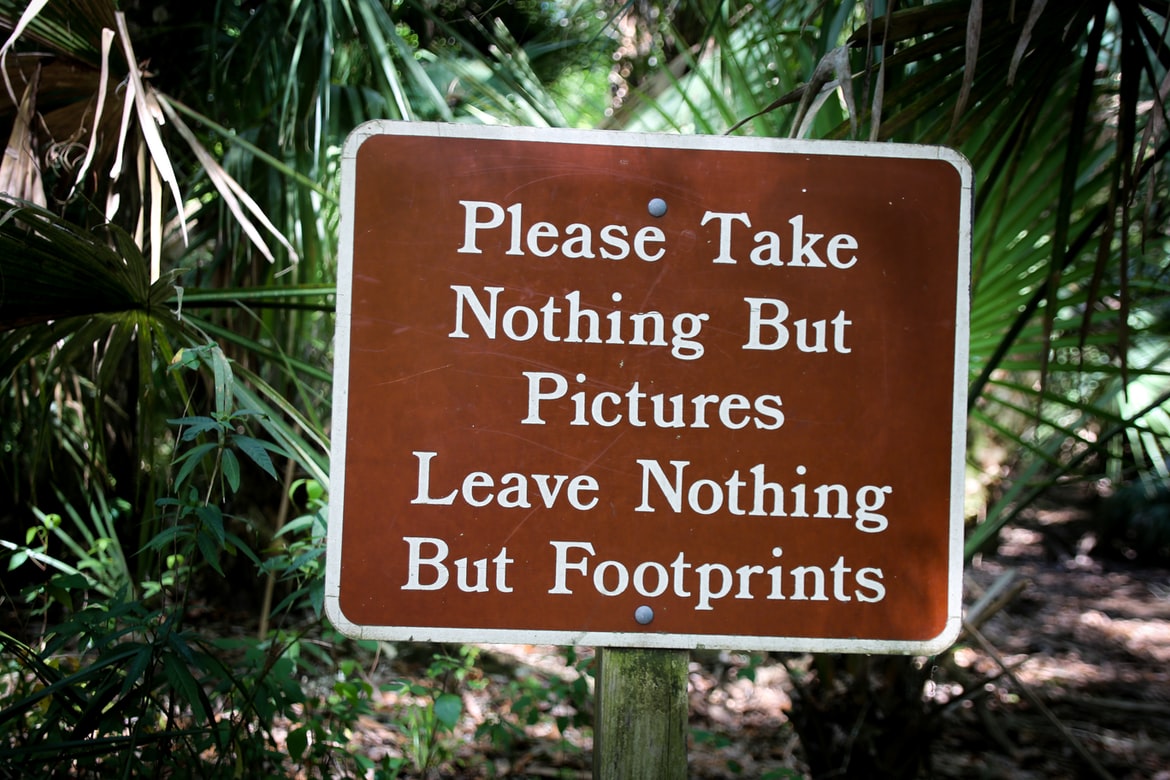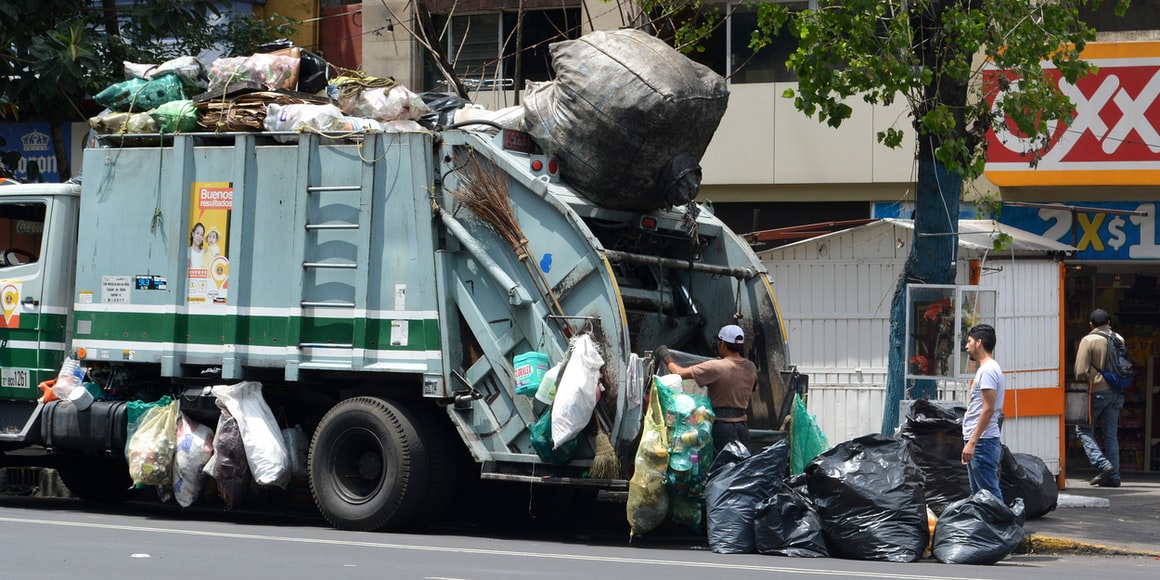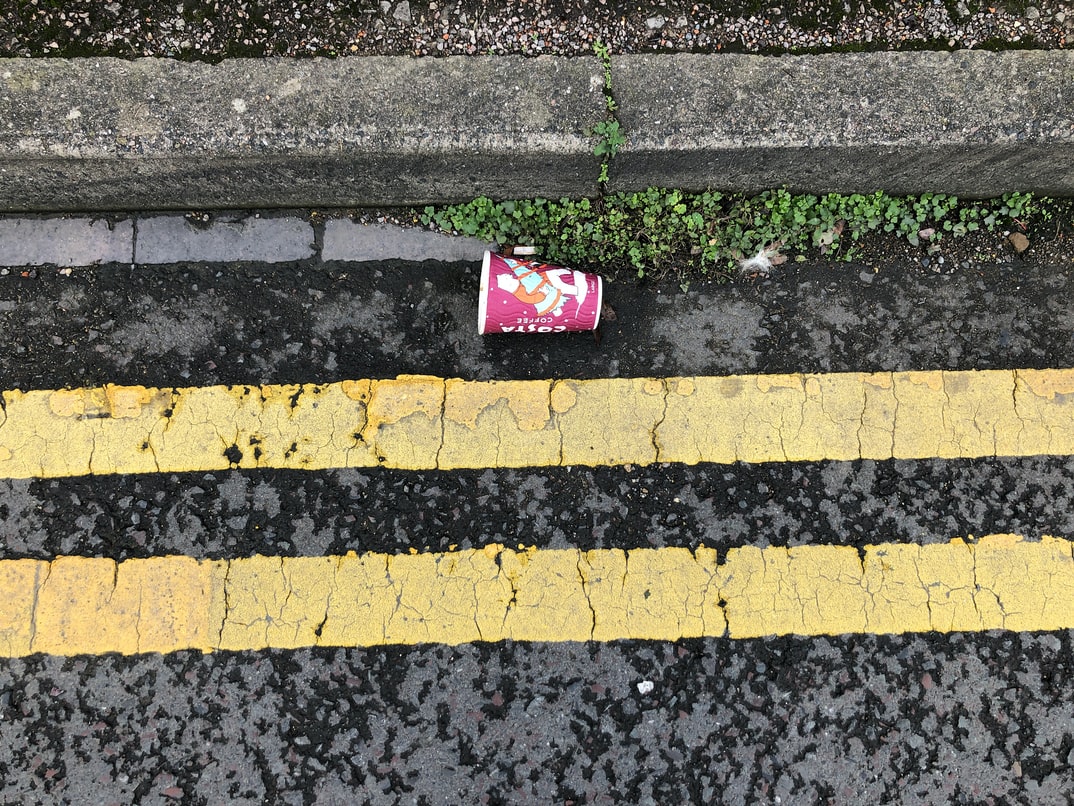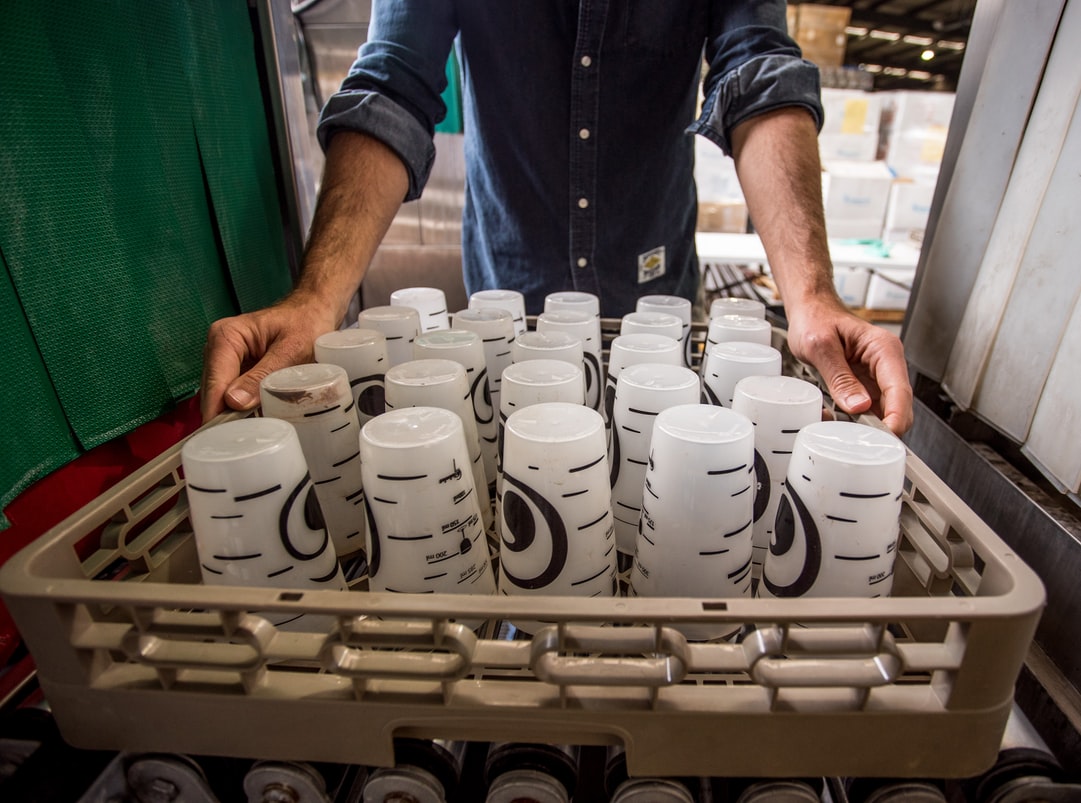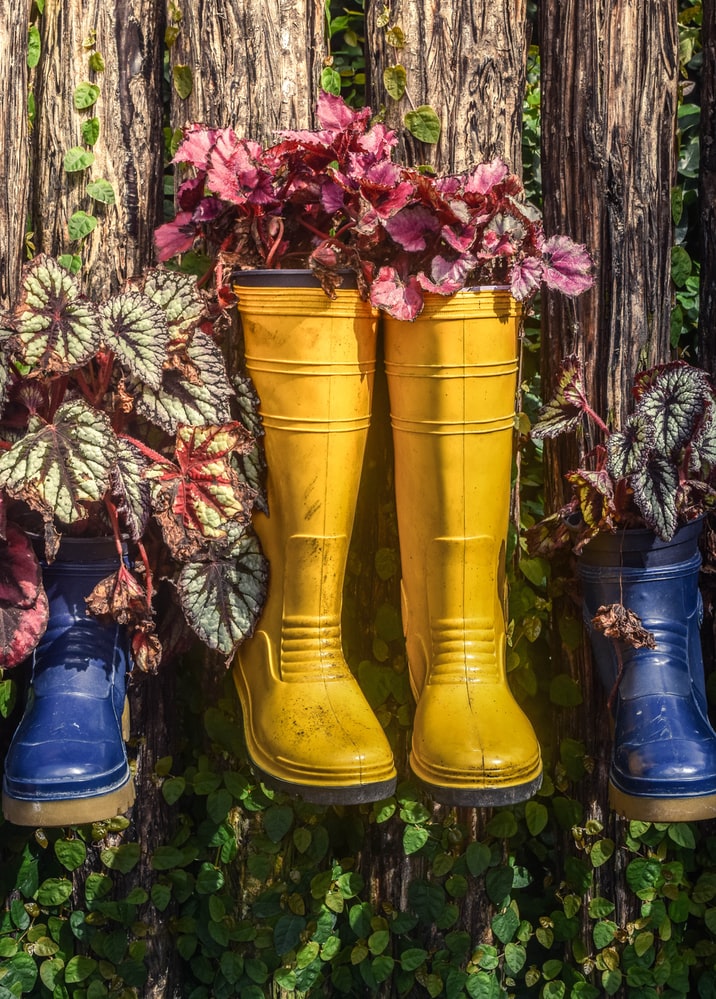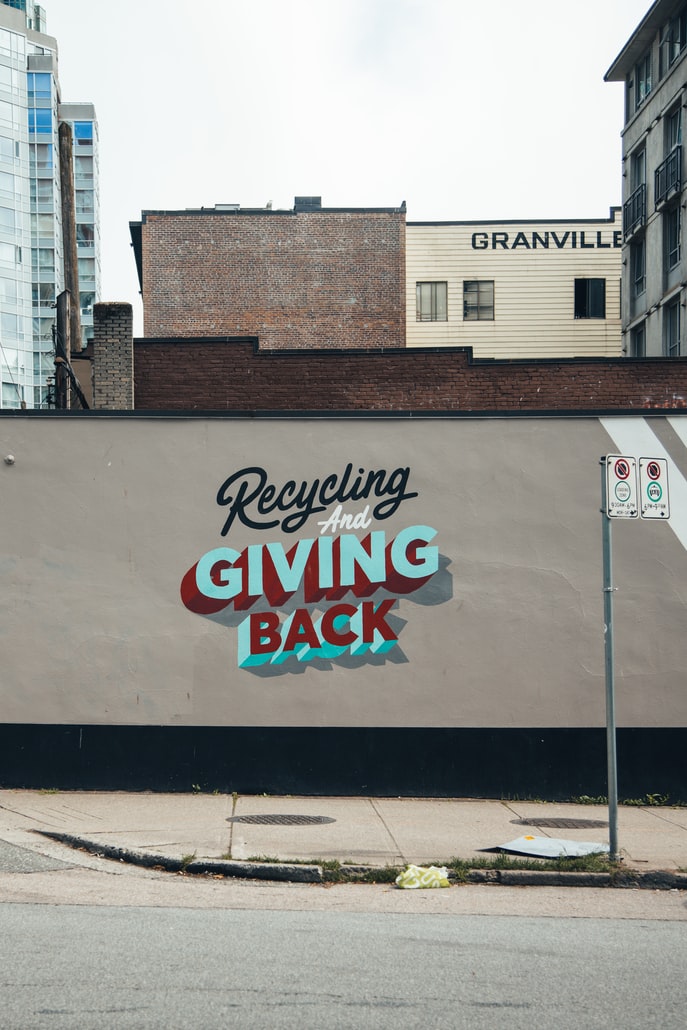Are single-use cups really necessary? Is it possible that reusable cups could help reduce the total consumption of single-use cups? Are the virgin fibers sourced from sustainably managed forests, and what percentage of the fiber is recycled? Is it possible to recycle the cup after it has been used? Is it compostable or recyclable?
When analyzing the long-term viability of paper cups, three sorts of questions are typically posed:
How likely is it that we'll be able to go back to a time before single-use paper cups were commonplace? The difficulty is well-illustrated by Starbucks' experience. Since 1985, Starbucks has offered cash incentives to customers who bring their own reusable cups, but only a small percentage of those consumers have taken advantage of the offer. An effort that was supposed to encourage 25% of customers to bring their own cups started in 2008, but only 2% of customers really did.
Cups that can be used again and again
There was a big uproar in 2012 when Starbucks released a $1 plastic cup with a screw-on top. However, a large polling organization found that in early 2013, more than half of American adults stated they "probably or certainly would not purchase one." If it were up to us, many of us wouldn't bother remembering to bring our reusable cup to the store.

